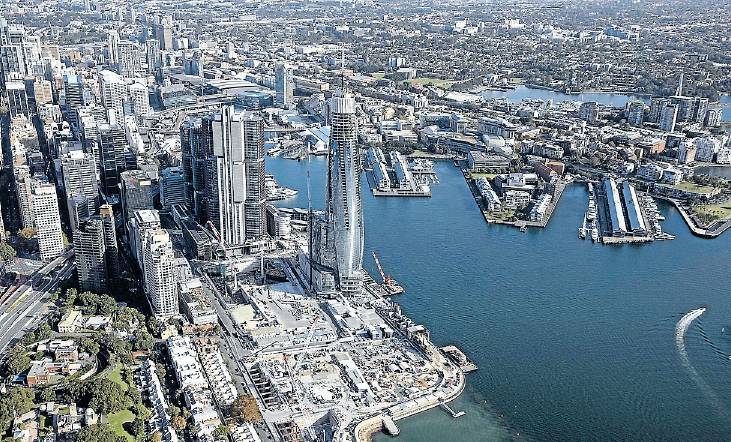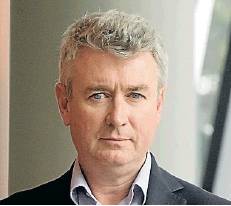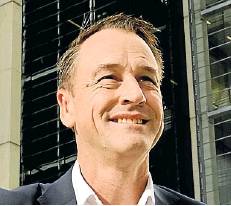Smart hubs test potential of technology
Vision A digital blueprint offers a better way to reimagine and redesign our urban areas, writes Mark Eggleton.
The idea of the gleaming smart city filled with autonomous vehicles is still a fair way off but in the meantime what we are seeing governments and business build is smart precincts or hubs.
According to Henri Blas, smart precincts tend to be ‘‘like a sandbox of things to come’’.
‘‘They are not an end to themselves but a great place to test out new technologies before wider deployment because it’s hard for governments to pick winners with technology, considering it might become obsolete in a few years,’’ Blas says.
As chief content officer of the Global Infrastructure Hub, which was set up up by the G20 to provide support in developing and delivering on the global infrastructure agenda, Blas says smart cities are not necessarily all about technology. For him, smart means understanding whether technology offers a better way.
‘‘If I want my cities to be smart, it’s not pure technology. There are some smart solutions that are not technology-based,’’ he says, but ‘‘sometimes nature is just better.’’
Ian Oppermann, NSW government chief data scientist and industry professor at UTS, says change will be incremental but agrees smart precincts are more of a reality now because technology allows a building or place to have genuine connectivity with its physical environment. When we look more broadly at a smart city, we have to consider all the legacy systems that do not connect such as tunnels, roads, pipelines and shared infrastructure. Oppermann says there are real issues around co-ordinating all the infrastructure and having the right connectivity.
With 5G for example, co-ordination and connectivity are the biggest challenges we need to confront.
‘‘At present, 5G will basically just be a faster 4G for most of us because we won’t have the coverage capacity, reliability, latency guarantee and guaranteed delivery we need,’’ Oppermann says. ‘‘For example, if you want to run autonomous vehicles or any autonomous device you need to have the reliability of delivery in a guaranteed delivery timeframe. They’re the big new dimensions of 5G and we won’t have those until we sort out a number of technological issues.’’
In the meantime, we can work on creating smarter precincts for people to live and work. Schneider Electric’s general manager, digital buildings, Paul Crothers says what technology gives us is the right data to really make smart decisions. Looking at a smart building we can use data to fundamentally understand how a building is used and use that data to optimise the building’s use, he says.
‘‘Traditionally building systems were built as a fixed arrangement and to make changes to a space or to the functionality of the space, you had to physically shift equipment and people. Now technology allows us to reconfigure the space based on how the space is being used around it,’’ Crothers says.
This year has obviously seen our relationship with our places of work change and Crothers says technology has moved with that change.
He says data has played a key role as we’ve embraced remote working and, as we contemplate returning to offices in greater numbers, data will enable us to have the necessary information around levels of safety and comfort in the physical environment. It will help us use our corporate spaces in safer and more productive ways such as providing us with the knowledge to activate services in a timely manner.
‘‘And particularly if we’re talking about hubs and precincts, data will help us understand before we get there, what the transport looks like and how best to interact with the physical environment,’’ Crothers says.
‘‘We’re able to potentially generate greater efficiency for ourselves by streamlining our preferences and experiences on where we go and how we interact with the services around a smart precinct or hub.’’
For Crothers, data is enabling things to be a little more seamless because it drives the technology which allows more flexibility and, in a world where we are living with COVID-19, it dovetails nicely with the blended, more flexible work practices that are now considered the new normal.
Moreover, with more people working remotely, there is the potential to build smart precincts or hubs in regional areas as people look to move away from large urban areas in the wake of the pandemic.
Crothers believes there’s potential to develop more hubs than centralised offices and ‘‘maybe there will be a move away from large CBD office spaces to more regionalised arrangements complete with the same features and functionality that would be in a typical large CBD office’’.
Crothers says we’re slowly moving beyond the building to the things around it such as the public transport service, a local cafe, dry-cleaner or gym.
‘‘We’re creating smart buildings or precincts, even when we’re not there.’’
As for current examples, Crothers cites Sydney’s Barangaroo precinct as well as the Circular Quay foreshore, which is being activated at the moment. He says the technology is there but, for a company like Schneider, it means working with their end-user customers as well as designers, architects and consultants to make people aware of what’s needed to enable a smart precinct.
‘‘Our job is to make sure people understand how technology affects what’s important to them,’’ he says.


